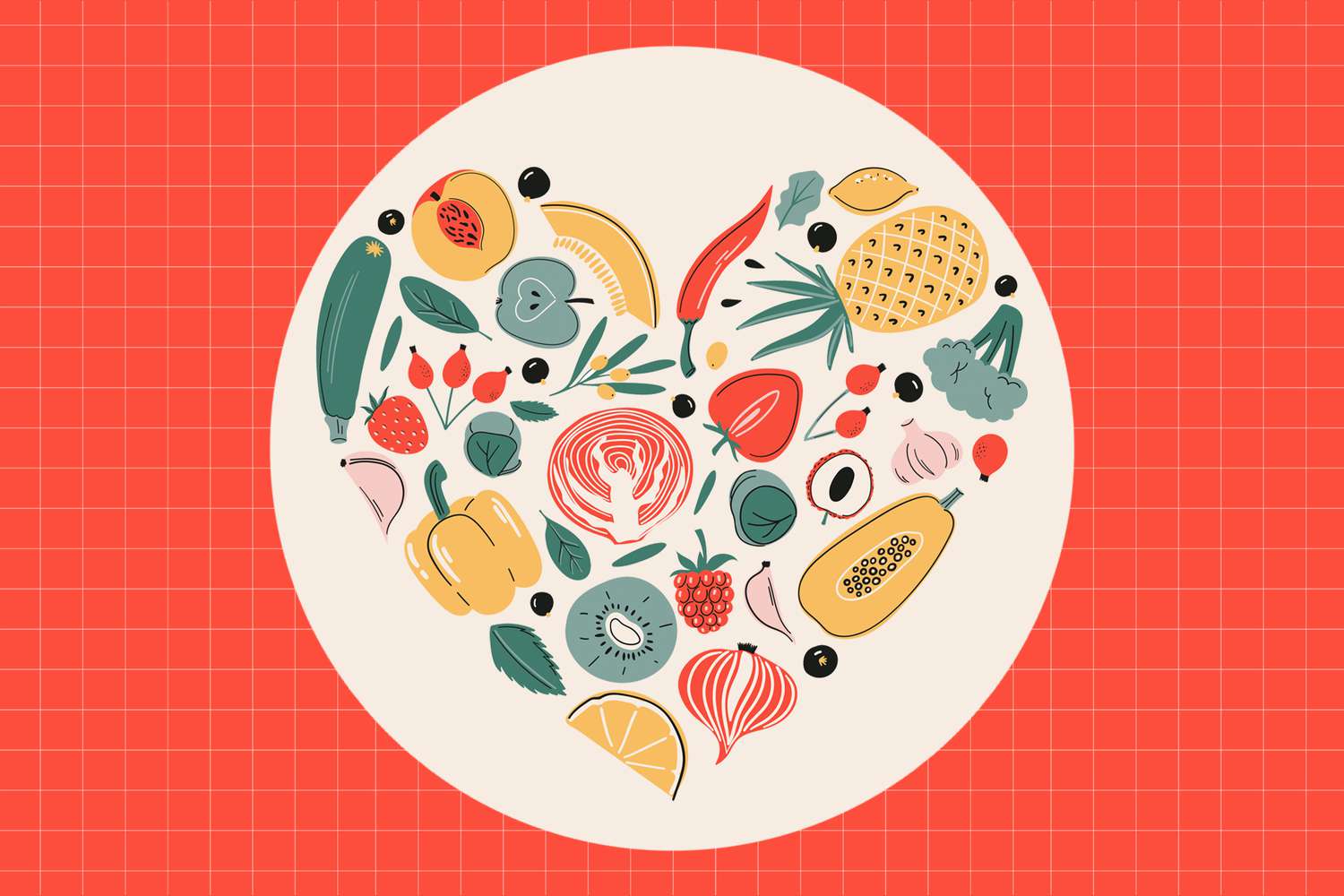Blood
Eating More Fruits & Veggies May Lower Blood Pressure by Almost 10 Points, According to New Research
Doctors prescribing fruits and vegetables in addition to medication? That’s the focus of produce prescription programs, which are increasingly being recognized for their impact on heart health. Published on August 29th, 2023 in Circulation, a journal of the American Heart Association (AHA), a recent study led by Kurt Hager, Ph.D., M.S., an instructor at UMass Chan Medical School, shows promising results. Gathering data from nine different programs across the U.S., the study found that participants—2,064 adults and 1,817 children at increased risk for cardiovascular disease—experienced significant improvements in body mass index (BMI), blood sugar and blood pressure levels after increasing their fruit and vegetable intake. Even food insecurity, a known factor that impacts health, decreased among participants.
In this article, we’ll examine the study’s findings and explore how eating fruits and veggies can boost your heart health.
What the Heart Health Study Found
Participants in these produce prescription programs received an average of $63 monthly to spend on fresh produce. Additionally, they attended nutrition classes and underwent routine health tests. Among adults, systolic and diastolic blood pressure saw considerable drops, and HbA1C levels, which are indicative of blood sugar, also improved. Remarkably, adults were 62% more likely, and children were more than twice as likely to report better overall health upon completing the program. In particular, they found that adult participants were able to reduce their HbA1C levels by 0.3%, their blood pressure levels by 8.4mmHg and their BMI by 0.4kg/m2 on average.
“These results indicate produce prescriptions may lay an important foundation for improved health and well-being,” said Hager in a statement. The study, administered by the non-profit Wholesome Wave, involved over 3,800 participants from low-income neighborhoods who were either food-insecure or at risk of heart disease and type 2 diabetes.
The study also drew attention to the broader implications of food policy and its role in public health. As part of the research, questionnaires about fruit and vegetable consumption, food insecurity and health status were completed at the program’s start and end. One-third of participants reported a decrease in food insecurity after the program, noting that the accessibility of healthier food options can directly improve the overall well-being of communities. “Poor nutrition and nutrition insecurity are major drivers of chronic disease globally,” stated Mitchell Elkind, M.D., chief clinical science officer of the AHA. “Our findings reinforce that produce prescriptions could serve as a cornerstone in national efforts to address these complex challenges.”
The Bottom Line
A recent study published in Circulation highlights the power of food as medicine. It revealed that an increase in fruit and vegetable consumption helped lead to measurable improvements in cardiovascular health markers and demonstrated how such programs can help alleviate food insecurity. “This analysis of produce prescription programs illustrates the potential of subsidized produce prescriptions to increase consumption of nutritious fruits and vegetables, reduce food insecurity and, hopefully, improve subjective and objective health measures,” noted Elkind. This makes a compelling case for more comprehensive food policy reforms and further research to solidify these results.
Read Next: Eating More Purple Fruits and Veggies Might Reduce Risk for Diabetes, According to New Research

